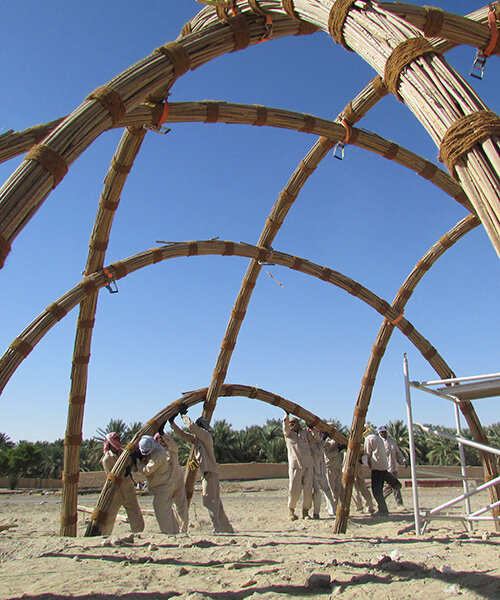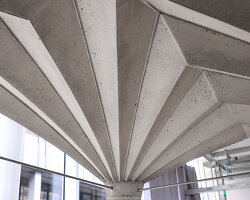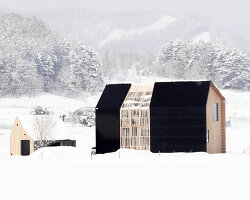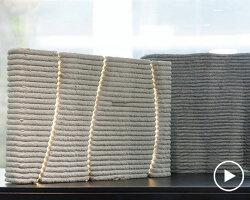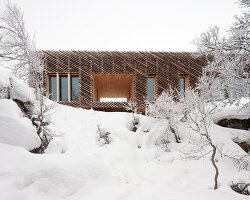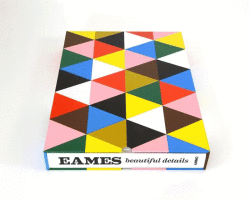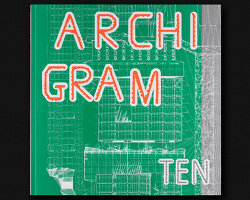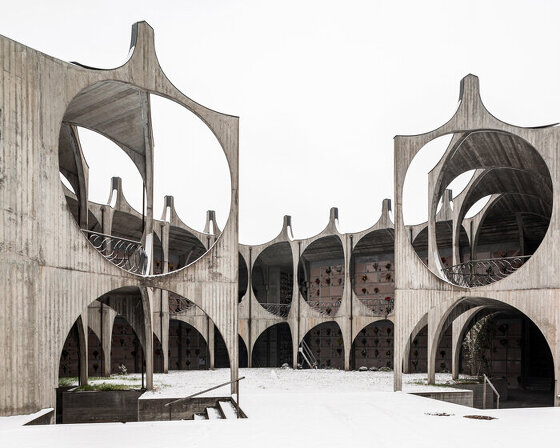‘habitat: vernacular architecture for a changing climate’
Architect, author, and scientist Dr. Sandra Piesik announces the upcoming publication of ‘Habitat: Vernacular Architecture for a Changing Climate.’ The landmark project explores a diverse and global collection of architectural precedents which sees humanity co-existing with its natural context, rather than stripping it of its resources and displacing its ecosystems. The book is set to be published by Thames & Hudson on May 18th, 2023.
‘Climate change is the biggest challenge facing our planet,‘ stresses the author and 3 ideas director. ‘There has never been a more important time to understand how to make the best use of local natural resources and to produce buildings that connect to ecosystems and livelihoods and do not rely on stripping the environment or transporting materials across the globe.’
Dr. Sandra Piesik and her team have proposed a science-policy recommendation to the UN based on their explorations for ‘Habitat,’ which was recently accepted and published.
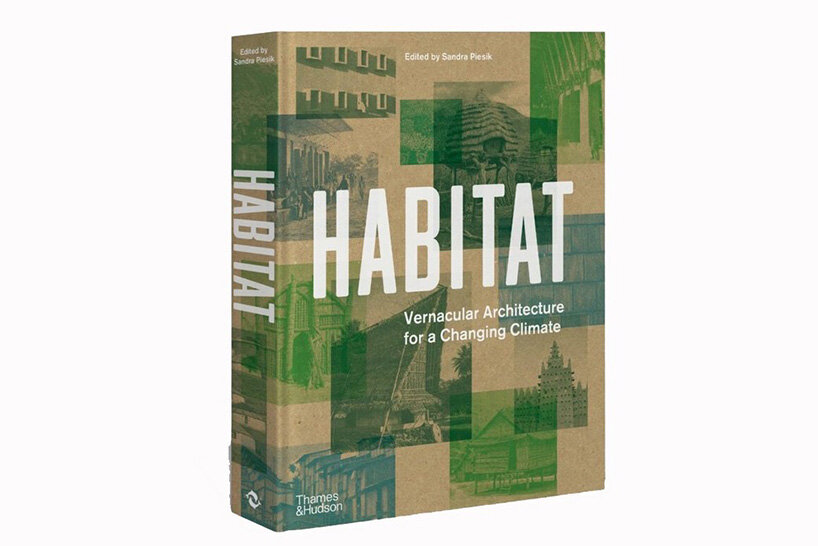 image courtesy Thames & Hudson
image courtesy Thames & Hudson
learning from over eighty countries across five climate zones
Architectural design and construction are some of the major contributors to global carbon emissions, making it an important industry to consider in the fight against climate change. As such, Dr. Sandra Piesik’s ‘Habitat: Vernacular Architecture for a Changing Climate’ is a timely contribution to the discourse on sustainable architectural design. While its themes are spotlighted by over one thousand illustrations, the book is divided between the five major climate zones — polar, temperate, tropical, desert and continental.
The author explores the use of vernacular architecture as a means of designing buildings that are both functional and sustainable, drawing from examples across more than eighty countries worldwide. Dr Piesik highlights the importance of preserving traditional building techniques, and indigenous materials as a means of promoting local economies, reducing waste and emissions, and creating buildings that are better adapted to their surroundings.

Technology School of Guelmim, Morocco. the starting point for the project was to provide a strong architectural form that was contemporary but
was also inspired by the context in which it occurs | image © Fernando Guerra
passive and site-specific architecture
One of the key issues addressed within ‘Habitat: Vernacular Architecture for a Changing Climate’ is the need to develop buildings that are adapted to their specific climate zones. By considering factors such as temperature, humidity, and precipitation, architects can design buildings that are better suited to their surroundings, thereby reducing the need for energy-intensive heating and cooling systems. This is particularly relevant given the increasing frequency of extreme weather events resulting from climate change.
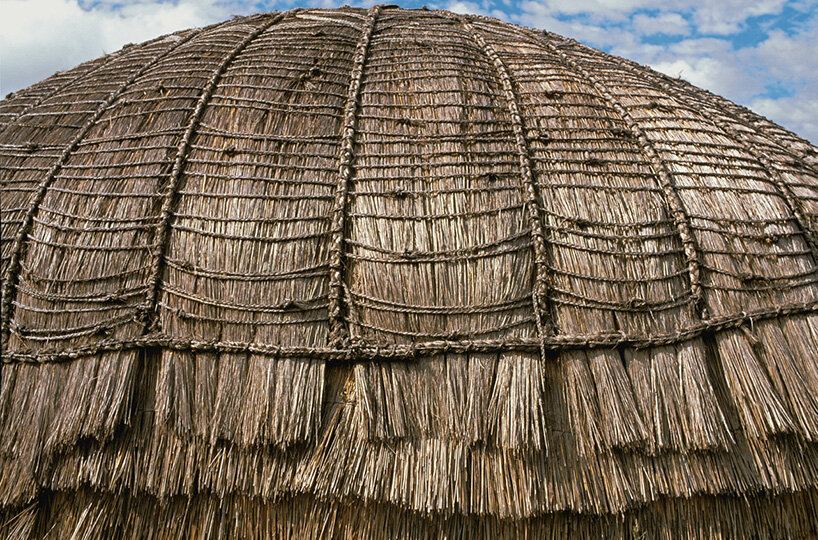
woven in a dome shape from up to ten different types of grass and secured with grass ropes that are both decorative and functional, the Zulu ‘beehives’ in South Africa work in synergy with their climatic context. in summer the dried material shrinks and creates gaps that allow for the cooling release of warm air; winter rain cause the grass to swell becoming an impermeable membrane | image © Photononstop, superstock
addressing the construction industry’s impact
Another key detail highlighted in the book is the sustainable local construction techniques employed by the highlighted communities. The need to reduce the carbon footprint of the construction industry is vital, given its impact on pollution and climate change. This reduction might be achieved by minimizing the reliance on energy-intensive construction materials such as concrete and steel, and by instead using materials that are locally-sourced and renewable. Traditional building techniques that use materials such as straw, mud, and timber are highlighted as a means of reducing the carbon footprint of the construction industry.

Miyako City, Japan in 2011. motion between the rocky plates that form the Earth’s surface is not smooth. the accumulated pressure between plates can result in sudden ruptures when the two sides move, causing an earthquake | photo: Keystone USA-ZUM / REX / Shutterstock
preserving local craft
‘Habitat: Vernacular Architecture for a Changing Climate’ further stresses the necessity to preserve local knowledge and craftsmanship. Many traditional building techniques are disappearing as a result of the increasing reliance on mass-produced materials and modern construction techniques. By highlighting the importance of preserving these techniques, Dr. Sandra Piesik stresses the need to support local economies and cultures, and to ensure that future generations have access to the knowledge and skills necessary to build sustainably.
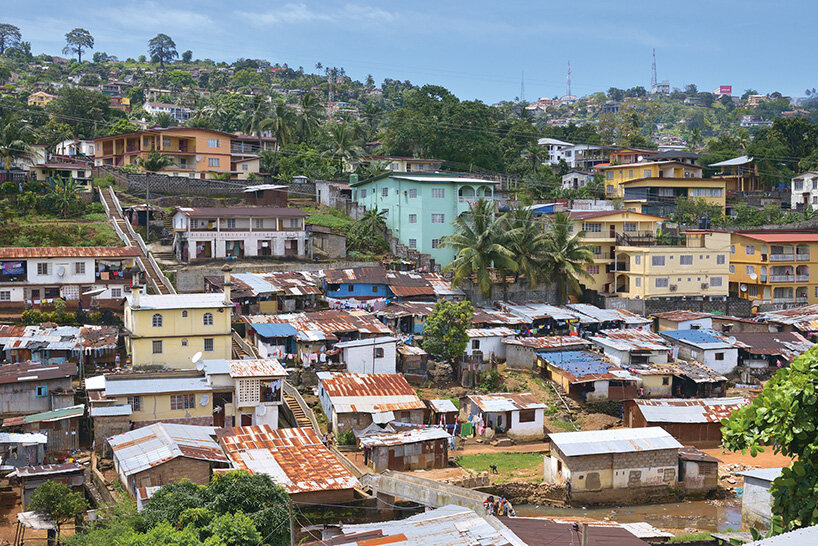
uncontrolled urban growth in Freetown, Sierra Loene, West Africa, has created slums, many of which are built from imported materials and systems that do not respond well to the conditions of the local environment
image © Fabian von Poser / imageBROKER / Superstock
‘Habitat: Vernacular Architecture for a Changing Climate’ is a valuable contribution to the discourse on sustainable architectural design. By highlighting the importance of preserving local knowledge, using locally-sourced materials, and designing buildings that are adapted to their specific climate zones, the book will stand as a blueprint for creating a more sustainable built environment. As we continue to grapple with the challenge of climate change, the insights provided by this landmark publication will be invaluable in shaping the future of the architecture industry.
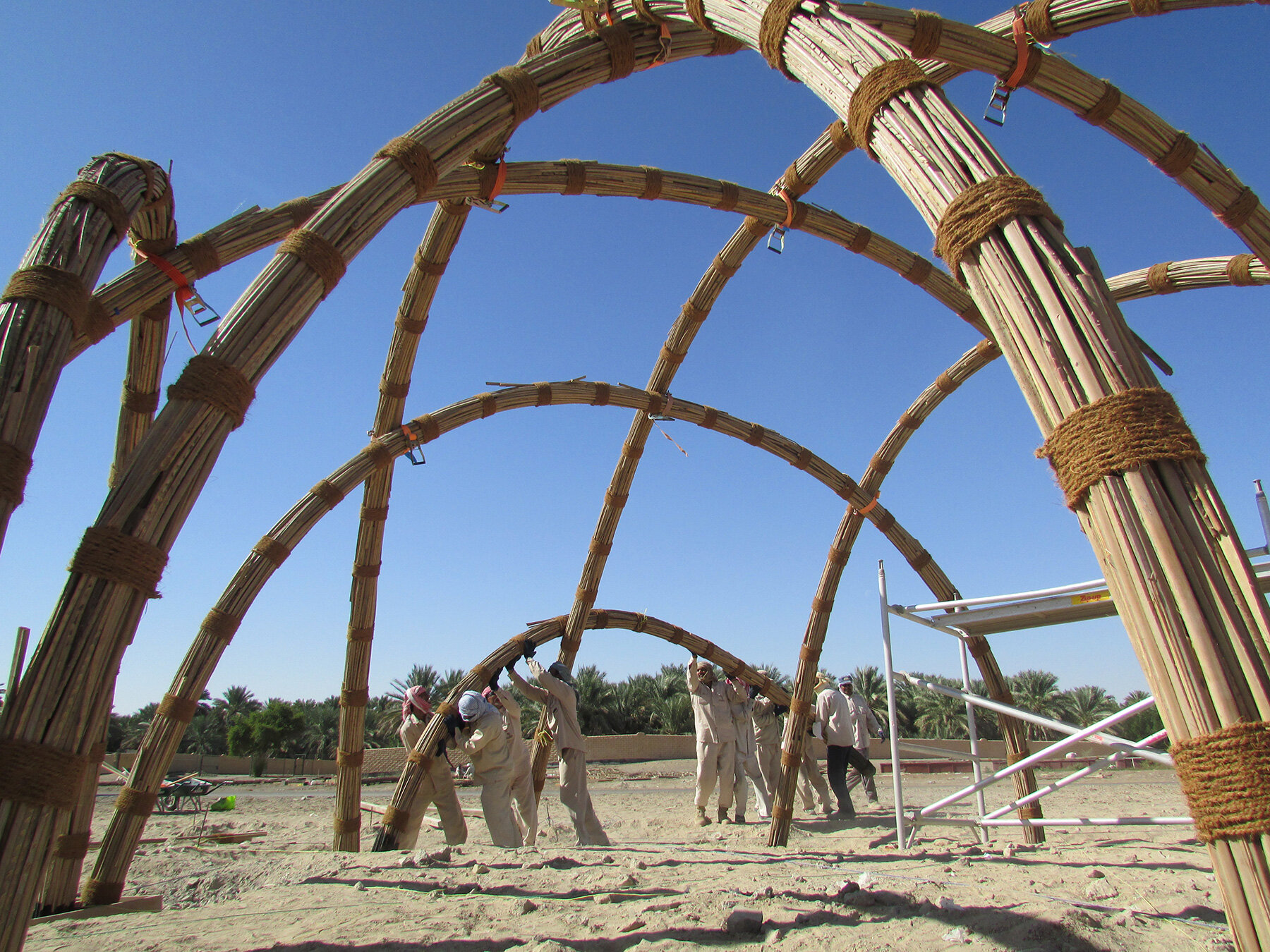
construction of Sabla: the palm-leaf shelters in the Middle East. constructions built of date palm have been in use for around 7,000–8,000 years. sabla: the palm-leaf shelters was conceived as a contemporary, modular grid-shell construction that offers an example of how traditional technologies can be adapted for use today, and scaled up or down to provide for a variety of applications in over 46 countries of the United Arab Emirates | image © Dr Sandra Piesik
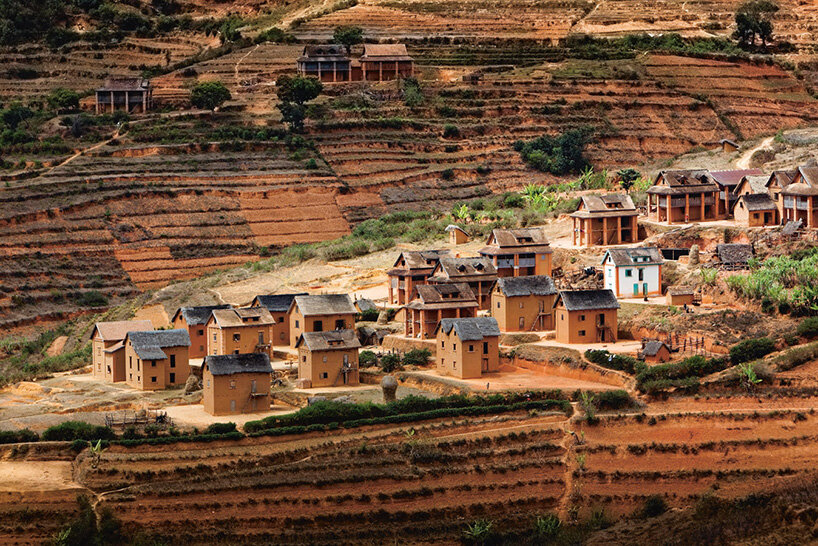
village houses set in the landscape of Madagascar’s central highlands represent the regions’ more humble built expression | image © Bernd Bieder / imageBROKER / Superstock
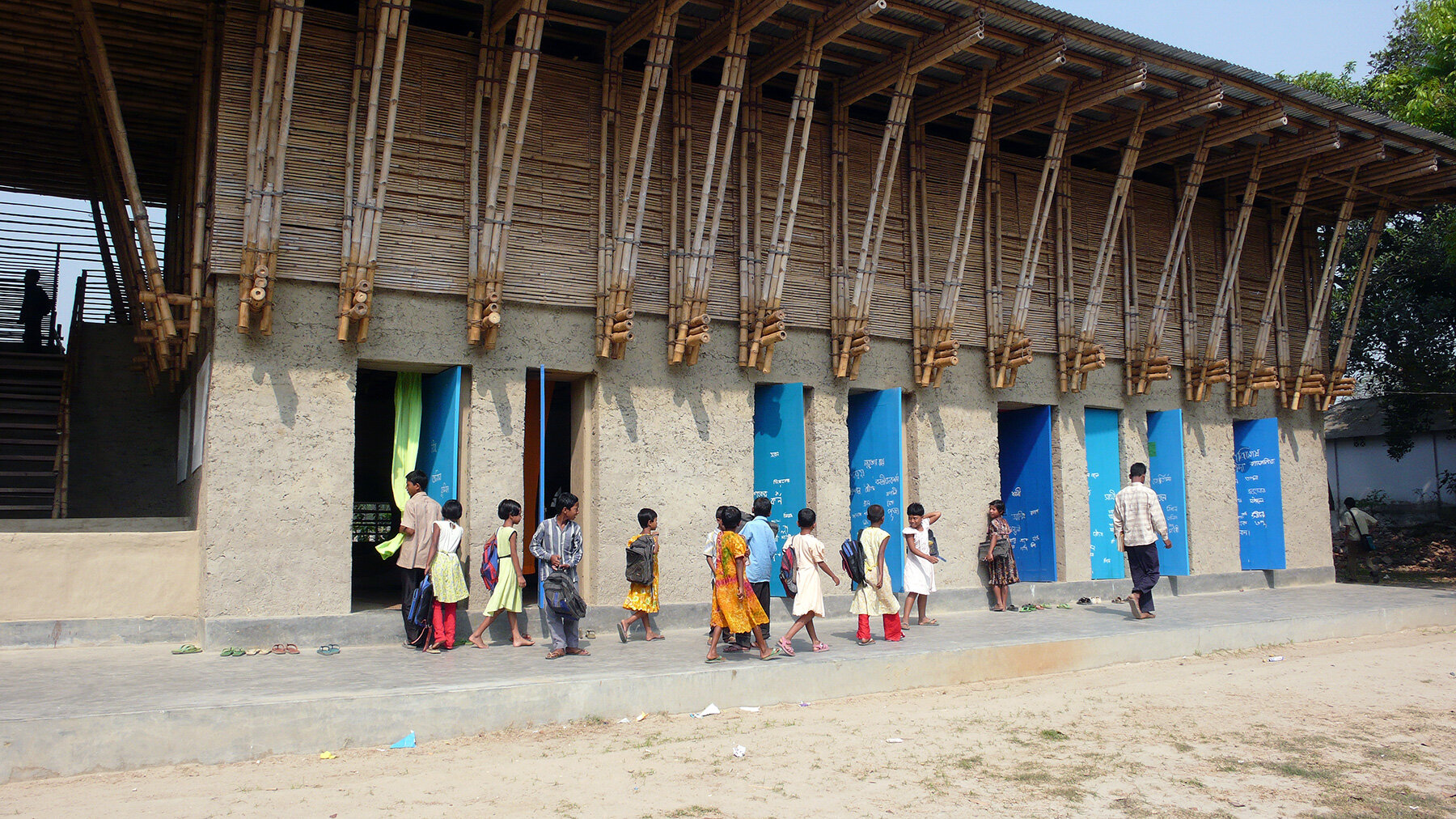
Bangladesh METI Handmade School | image © Anna Heringer

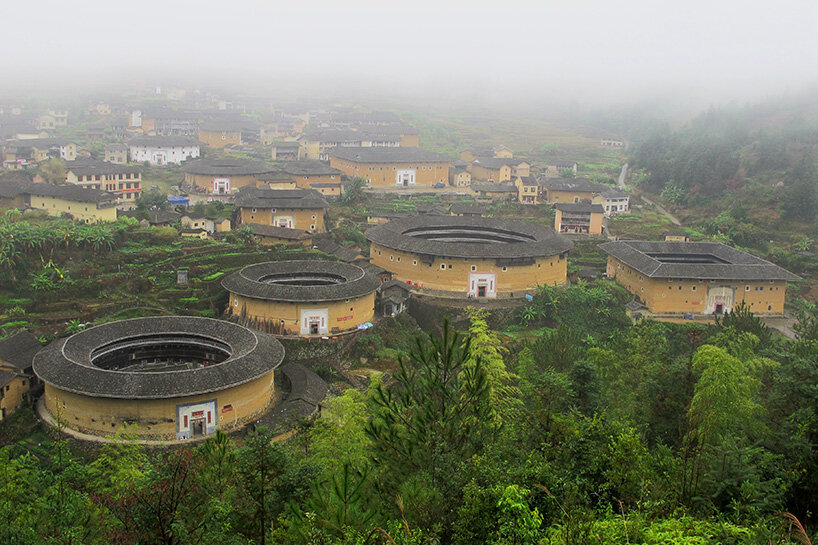

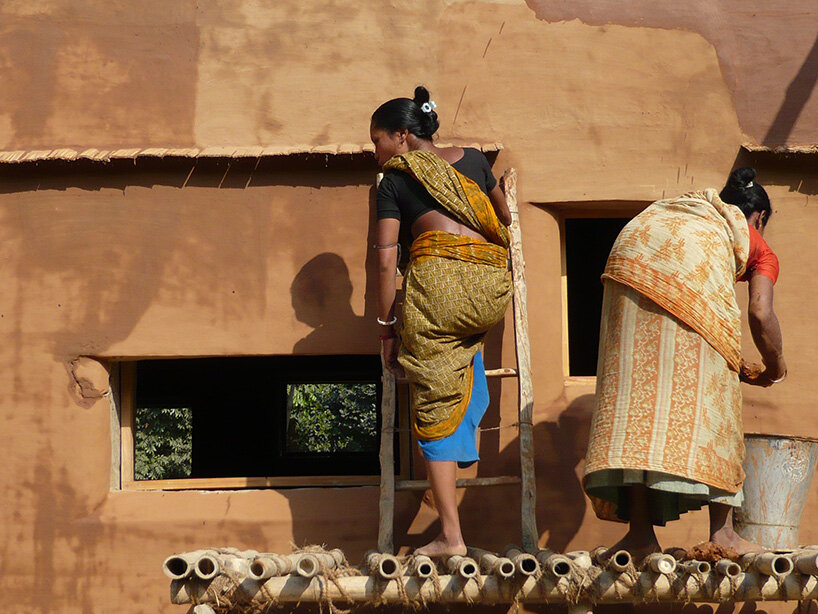
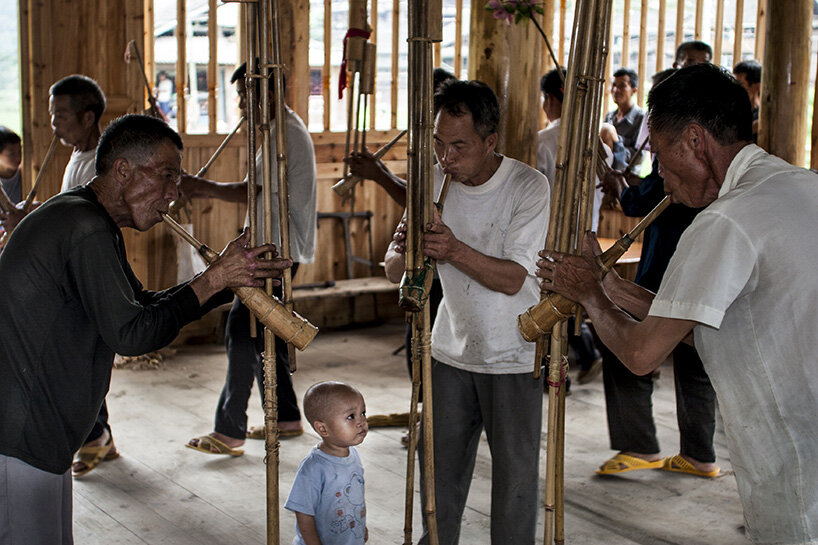
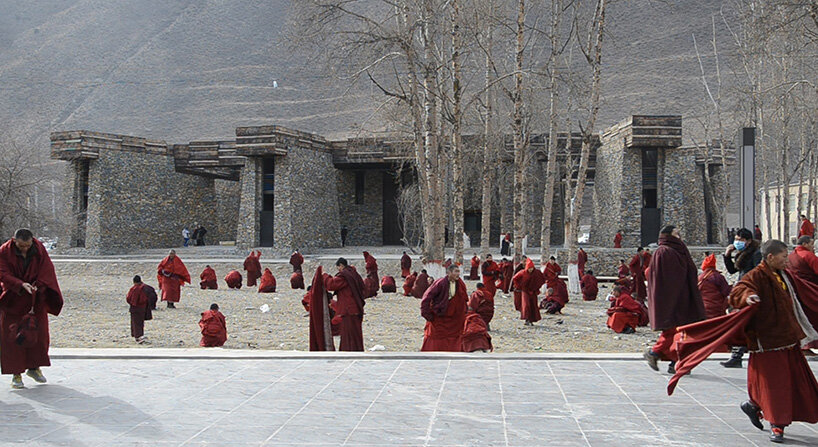
project info:
project title: Habitat: Vernacular Architecture for a Changing Climate
editor: Sandra Piesik | @sandrapiesik83
publisher: Thames & Hudson | @thamesandhudson
publication date: May 18th, 2023
